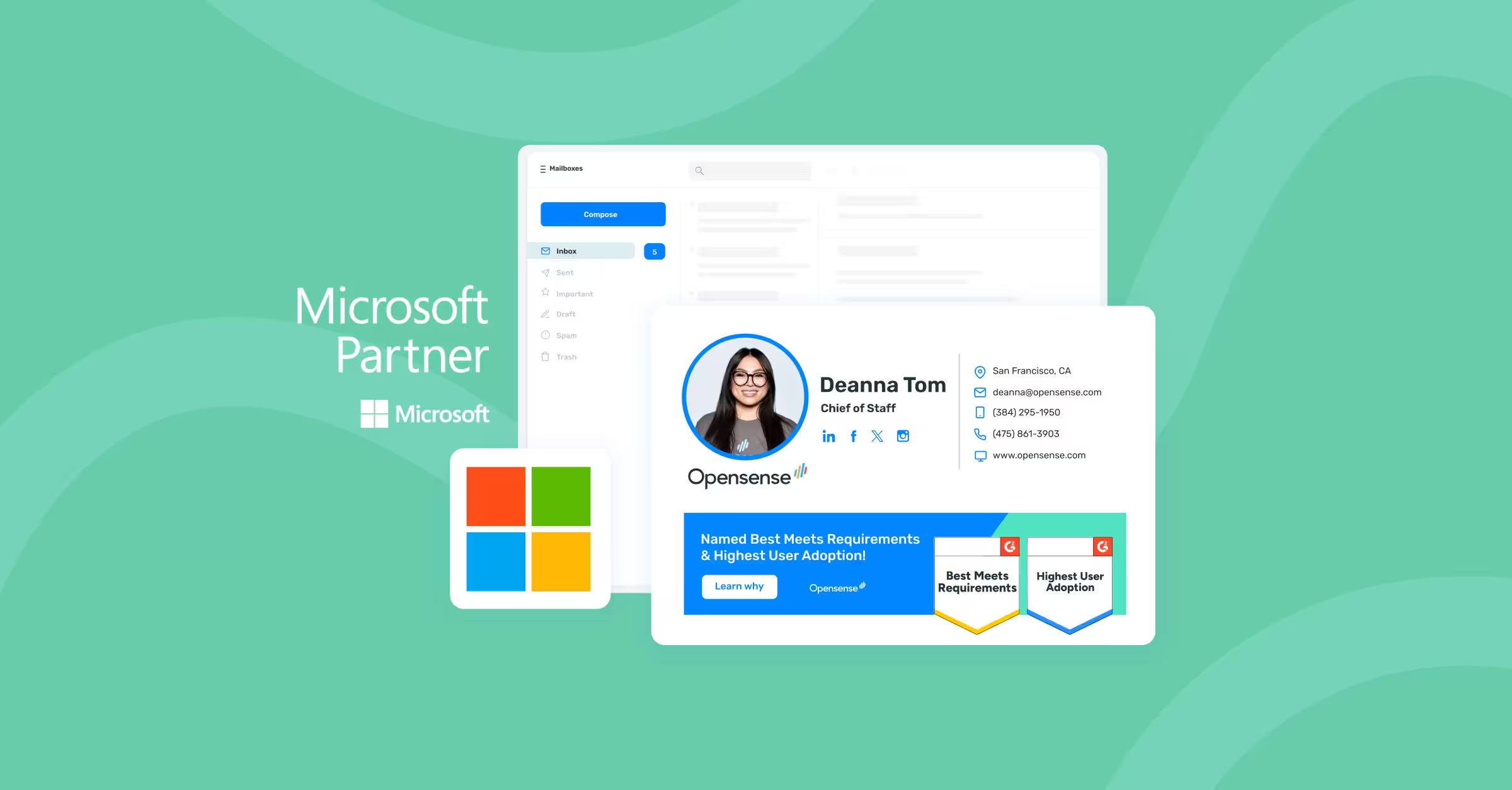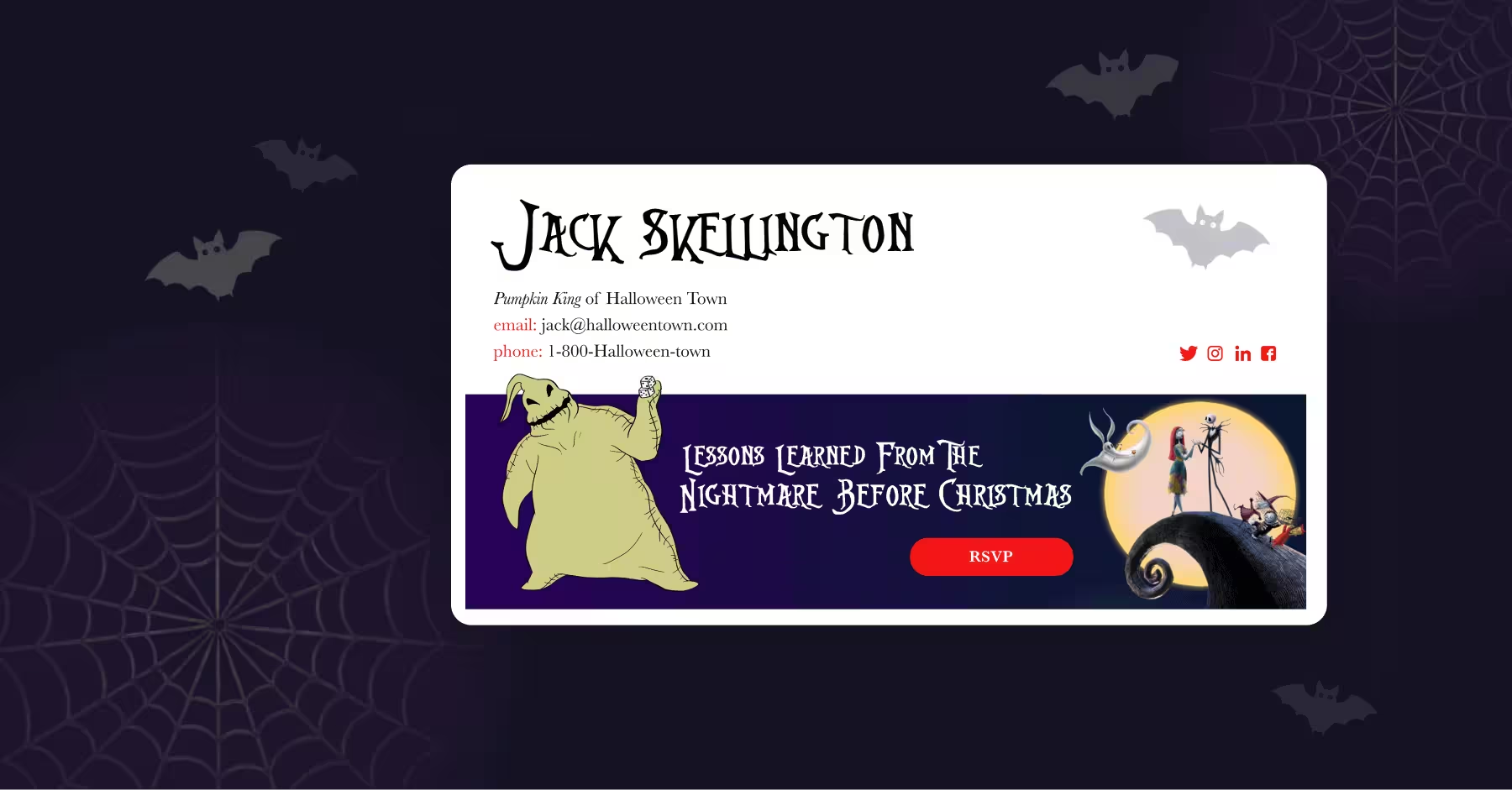
Email Tracking: Your Sales Secret Weapon
Most people use email to communicate. That's not a generalization, it's a fact. Despite strong adoption of other communications platforms such as social networking and chat, email remains at the top - especially in the business world. In fact, by the end of 2021, the number of worldwide email users will be more than 4.1 billion. And, there are approximately 269 billion emails sent and received daily, which equates to roughly 35 emails for every person on the planet, every day (just let that sink in for a minute).
This growth makes email a great way to get in touch with potential customers, but only if you can leverage this avenue effectively. Your open rate is one of the most important performance metrics, but it doesn’t stop there. According to a recent report, even the best email marketing campaigns average an open rate of less than 30 percent and a click-through rate of less than five percent.
So, how can you optimize your email communications for sales?
Email tracking offers some unique benefits to help boost sales revenue without driving up your customer acquisition cost.
What Is Email Engagement Tracking?
Email tracking is commonly associated with email marketing campaigns. It provides the email sender with information about if and how a recipient has interacted with the message or associated content. This intelligence broadly provides information around opens and clicks. It can refer to something as simple as open rates (and click-thru rates or CTR) or more complex reporting that includes metrics such as:
- Attachment downloads
- Time spent on specific page areas
- Forwarding rates/information
- Unsubscribes
- Inbox placement
- Dozens of other metrics
Knowing whether or not your emails get read is great. But understanding the behavior or path your recipient takes after opening your email, clicking on links, or reviewing attachments is priceless. Email tracking, when done correctly, can help drive sales based on three key factors:
- Messaging
- Interest
- Timing
Email Engagement Tracking to Drive A/B Testing and Messaging Refinement
With so much information available, the best sales teams can make instant decisions about follow-up and next steps through the sales funnel. Good leads depend on good information, and metrics such as what information was most interesting to the reader can help with targeted marketing efforts.
If an email advert includes information about a seasonal sale and the reader spends ample time looking at the details, the follow-up email might link directly to sale items and show more of the catalog.
By targeting follow-ups with relevant information, you can give your conversion numbers an upgrade. When you can fine tune your messaging based on actual user behavior in real time, you’re that much closer to perfecting your email skills - in turn, getting the call-back or the meeting, and closing the sale.
Email Engagement Tracking to Create a Champion
If you’re involved in a sales cycle, chances are you have a fan. Knowing how deep the interest goes - and whether or not you have a champion - can make or break your deal. Message tracking technology helps you gauge interest, which can help you build a better sales forecast and a more predictable pipeline.
Did your contact forward the message to someone else inside the organization? Did that person forward it as well? How many times did the recipient re-open your message? Did they open the attachment? Did they share the attachment? Did they spend more time on the signature page of the proposal or perhaps get stuck on earlier Terms & Conditions? This type of value-added insight will help you prepare for your next call.
Email Engagement Tracking for Perfect Timing
In sales, closing the deal often depends on timing. When you follow up is just as important as the content you highlight. If someone opens an email on Monday, waiting until Friday to contact them again gives a lead too much time to forget the original email.
Did the recipient open your message from a mobile device while on a Caribbean island? You might want to pause the follow-up until the person returns from vacation as to not get lost in their inbox. With good email tracking software, you get real-time notifications when an email is opened, see what customers are interested in, and can send out a reminder immediately or over the next day or so, depending on your industry.
Email marketing is one of the most cost-effective ways to drive revenue for your business. The cost to send an email is marginal, which makes email much more affordable than paid ads or social media. Social media channels are a great place for outreach, but the real returns begin when you can build a relationship with your prospects and customers. And email is the best step in building a customer relationship database. From there, you’ll be able to nurture those leads, get the follow-up, and win the deal - then, rinse and repeat.
Implement email tracking, and empower your sales force. It really is that simple and effective in a market that is increasingly cluttered with different avenues to engage with customers.
Interested in learning more about how you can easily implement email engagement tracking to help drive new sales? Schedule a live demo today!


.svg)



.svg)



